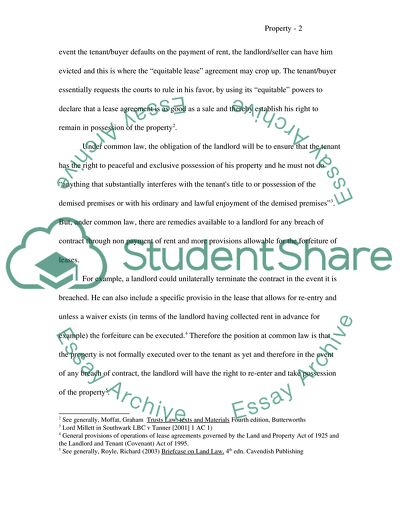Cite this document
(The case of Walsh v Lonsdale Study Example | Topics and Well Written Essays - 3000 words, n.d.)
The case of Walsh v Lonsdale Study Example | Topics and Well Written Essays - 3000 words. https://studentshare.org/law/1703941-property-law
The case of Walsh v Lonsdale Study Example | Topics and Well Written Essays - 3000 words. https://studentshare.org/law/1703941-property-law
(The Case of Walsh V Lonsdale Study Example | Topics and Well Written Essays - 3000 Words)
The Case of Walsh V Lonsdale Study Example | Topics and Well Written Essays - 3000 Words. https://studentshare.org/law/1703941-property-law.
The Case of Walsh V Lonsdale Study Example | Topics and Well Written Essays - 3000 Words. https://studentshare.org/law/1703941-property-law.
“The Case of Walsh V Lonsdale Study Example | Topics and Well Written Essays - 3000 Words”. https://studentshare.org/law/1703941-property-law.


